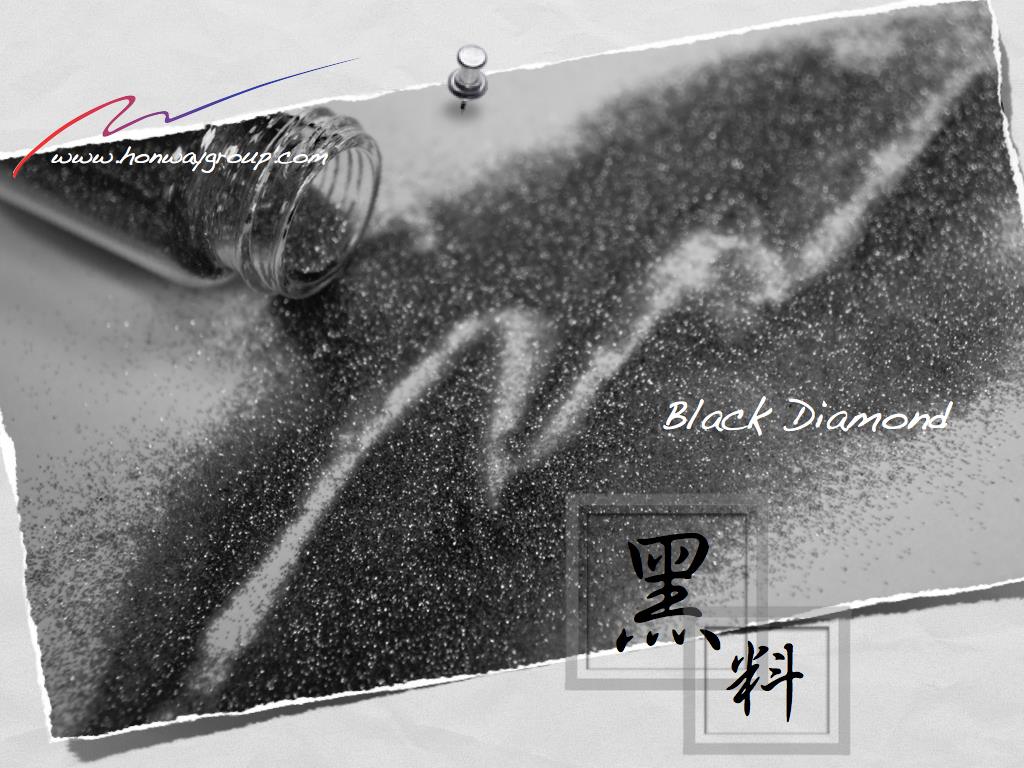Polishing slurry foaming may have following impacts on the workpiece:
Before entering the topic, here’s a key point:
Polishing slurry foaming can be considered a double-edged sword, we know the three main usages of the polishing slurry are: 1. Grinding and polishing, 2. Coolant, 3. Chip removal.
Appropriate foaming can significantly improve the polishing process, resulting in better surface finish and shorter processing time. However, when foaming is excessive or completely absent, it can lead to longer processing time or unsatisfactory polishing results.
There are defoamers available in the market that can purchase and mix for your own use. However, we believe that when polishing sensitive workpieces or performing important steps, it is better to address the issue from the source, by choosing the right raw materials. This way, the formula from the factory will already meet your needs, reducing the troublesome steps of adjustments later on.
Table of Contents
Here are some common causes of foaming in polishing slurry
- Ingredient issues:
Many polishing slurry contain surfactants, which reduce the surface tension of the slurry, helping with cleaning and polishing. However, surfactants are also prone to generating bubbles during use, such as when the container is squeezed, shaken, or during the polishing process.
- Friction and agitation during use:
Excessive stirring or friction (e.g., using high speeds or applying excessive pressure during machine polishing) can introduce air into the liquid, causing foam to form.
- Reaction with the workpiece surface:
Certain polishing liquids may react when they come into contact with specific material surfaces, leading to bubble formation.
- Concentration of the polishing slurry:
If the concentration of the polishing liquid is too high or too low, it can cause the liquid to foam easily and produce more bubbles.
- Polishing temperature:
Both high and low temperatures can lead to excessive foaming or poor foam formation in the polishing slurry.
- Expired or improperly stored:
If the polishing slurry is not stored properly or is expired, the components may change, leading to increased foam formation. For example, chemical reactions or ingredient separation may enhance bubble production.
What effects can foaming cause?
- Decreased polishing uniformity:
Foam can obstruct the contact between the polishing slurry and the workpiece surface, leading to uneven distribution of the polishing slurry. This causes some areas to be over-polished while others are insufficiently polished, potentially leaving visible marks or uneven surfaces, which affects the overall processing uniformity.
- Decreased processing accuracy:
Foam can create voids, causing the chemical or physical actions of the polishing liquid to become unstable, thus affecting the surface finish and dimensional accuracy of the workpiece.
- Reduced processing efficiency:
The presence of foam reduces the effective volume of polishing slurry, slowing down the polishing process, which requires more time to achieve the desired results.
- Increased difficulty in process control:
For applications that require precise control of the polishing process (such as precision machining or high-gloss requirements), excessive foam makes it difficult for the operator to accurately control the distribution and action time of the polishing slurry.
- Increased surface defects:
When foam bursts, tiny air pockets may form, which can create subtle imperfections or irregular patterns on the workpiece surface.
- Equipment wear and maintenance issues:
If there is excessive foam during mechanical polishing, it may interfere with the operation of polishing tools. Foam can form a film on the surface of polishing pads or wheels, affecting friction between the tools and the surface, leading to unstable tool operation or reduced efficiency. It may even cause blockages in pipes or equipment, affecting the polishing liquid circulation system, and increasing the cleaning and maintenance workload.
- Polishing slurry waste:
Foam can lead to misjudgments, causing excessive amounts of polishing slurry to be added, which results in waste and overflow. Alternatively, foam can make the polishing slurry more prone to evaporation, increasing the consumption of materials and costs.
How to solve
Implementation Recommendations:
- Control the flow rate and pressure of the polishing slurry to avoid excessive agitation.
- Regularly inspect equipment and process parameters to ensure stability
- Ensure compatibility between the polishing slurry and polishing pad.
Proposal 1: Add defoaming agents to reduce foam formation.
- Benefit 1: Quick foam removal.
- Benefit 2: enhance the flowability and stability of the polishing liquid, increasing coverage and ensuring more uniform polishing.
- Benefit 3: Removing foam minimizes issues caused by uneven abrasive distribution, reducing the liquid’s impact and wear on the surface, which improves polishing quality.
- Caution 1: The amount of defoaming agent must be adjusted according to the properties and requirements of the polishing slurry. Overuse may negatively affect the slurry’s flowability and reduce polishing performance, defeating its purpose.
- Caution 2: Thorough mixing after adding the defoaming agent, ensuring even integration with the polishing slurry. This prevents foam from clinging to localized areas.
- Caution 3: Be mindful of storage guidelines and expiration dates when using defoaming agents.
Proposal 2: Adjust the polishing slurry formula to lower surface tension.
- Collaborate with the supplier to discuss formula customization. While this may require more time initially, it will significantly reduce future processing issues and improve long-term efficiency.
Conclusion
While foam in polishing slurry can temporarily enhance polishing performance in certain situations, excessive foam, if not handled properly, can severely affect polishing uniformity, precision, and efficiency, and may even damage equipment.
When dealing with high-precision workpieces or applications requiring specific polishing results, relying solely on commercial defoaming agents often fails to address the root cause of the issue. Instead, optimizing the formulation of the polishing slurry from the start can effectively eliminate the need for post-process adjustments and ensure consistent and optimal results for every application.
To ensure your polishing process remains stable and efficient, we recommend collaborating with professional suppliers to develop customized polishing slurry formulations. This proactive approach addresses foam issues at their source, eliminating the need for tedious adjustments and reducing the risk of unintended side effects.
We understand the unique requirements of different materials, workpieces, and polishing needs. That’s why we offer professional polishing slurry products and tailored formulation services to ensure optimal polishing performance every time. If you are experiencing issues with your current polishing slurry or are looking to optimize your processing workflow, feel free to contact us. Our dedicated team is ready to provide you with a personalized solution to help you achieve higher efficiency and more precise polishing results!
Action
- Common surface processing of metal and wood>>What is Wet Grinding?
- How to implement>>Polishing equipment, Polishing tools, Metallographic consumables, Grinding slurry
- Review
We offer customized adjustments to the grinding process, tailored to meet processing requirements for maximum efficiency.
After reading the content, if you still don’t know how to select the most suitable option,
Feel free to contact us and we will have specialist available to answer your questions.
If you need customized quotations, you’re also welcome to contact us.
Customer Service Hours: Monday to Friday 09:00~18:00 (GMT+8)
Phone: +8867 223 1058
If you have a subject that you want to know or a phone call that is not clear, you are welcome to send a private message to Facebook~~
Honway Facebook: https://www.facebook.com/honwaygroup
You may be interested in…
[wpb-random-posts]

